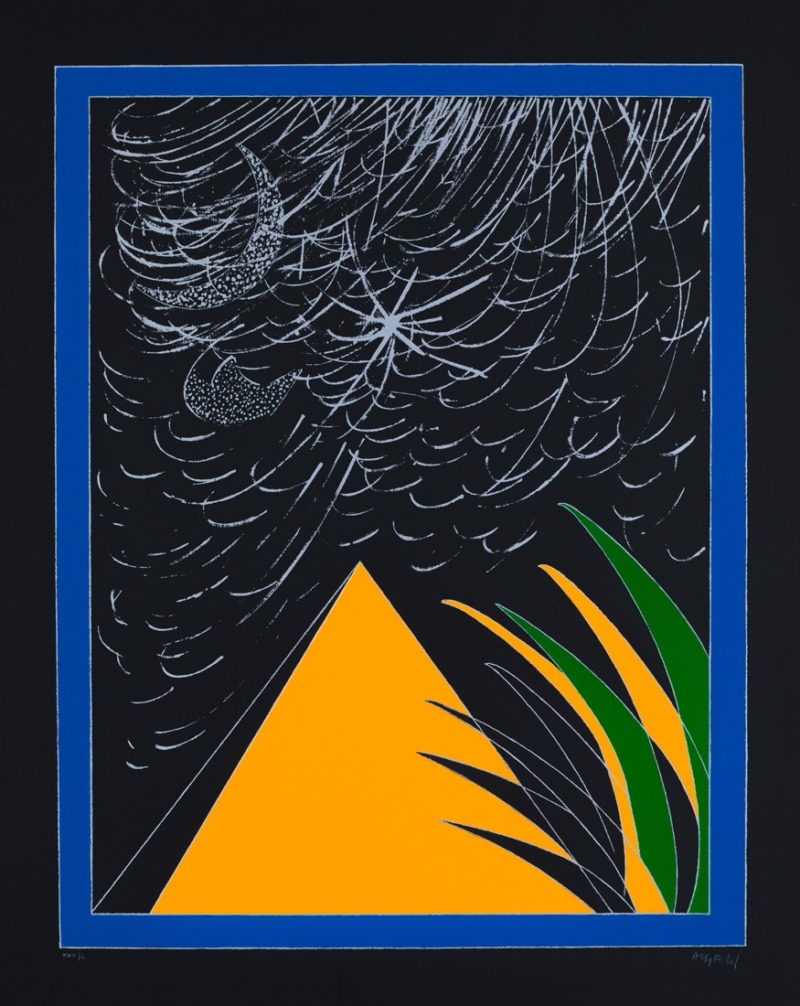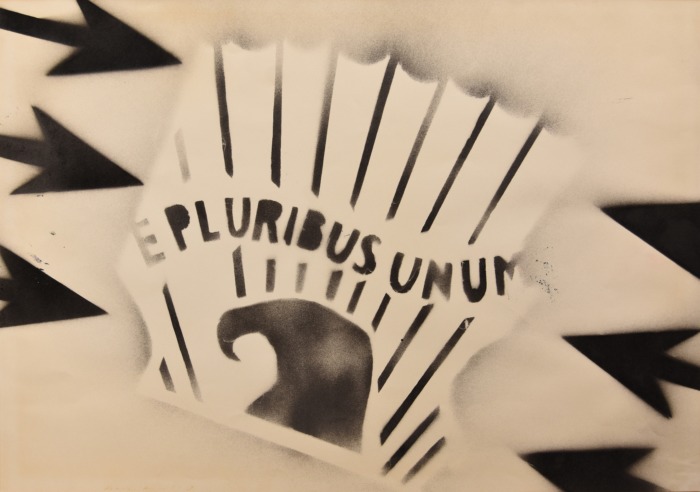FRANCO ANGELI
©
© Franco Angeli by SIAE
Fragments
Nocturn with Pyramid
E pluribus unum
Half dollar with seascape
Information request
We respond within 24 hours
If you do not receive our response, we recommend that you look for it in the "spam" or "junk" folder of your email and mark it as "not spam".
FRANCO ANGELI
Franco Angeli was born in Rome on 14 May 1935 into a working-class family. After a beginning conditioned by Burri's art, he created works in which the canvas alternated with cotton gauze stained with paint, from which emerged images and symbols of power and violence, such as imperial eagles, swastikas, Capitoline she-wolves (La lupa di Roma, 1961), sickles and hammers, dollars and crosses, which underline the theme of memory. Angeli became one of the main exponents of the famous Scuola di Piazza del Popolo, set up by the same artist together with Mario Schifano and Tano Festa, with whom he shared a long and fruitful path that would lead them to become the leading exponents of Italian pop art. The three met by chance at the 'Premio Cinecittà' painting exhibition in October 1960, promoted by the then PCI. In 1964 he was present at the Venice Biennale, an event that introduced American pop art artists to Italy; he also took part in the XI Quadriennale in Rome. In 1968 he created the installation Opprimente, a white room with a ceiling lowered by a layer of polystyrene, for Il Teatro delle Mostre at La Tartaruga gallery. In the 1970s he had a tormented relationship with Marina Lante della Rovere. He also had the opportunity to try his hand as an actor. In Sandro Franchina's 1968 film Morire gratis he played the main character, a Roman sculptor and painter. During the 1970s he turned to themes of political commitment (such as the war in Vietnam), and then turned to figurative subjects such as moons, pyramids, aeroplanes and obelisks, evidence of his travels to the East. He died of AIDS in Rome on 12 November 1988.
Read more Close




